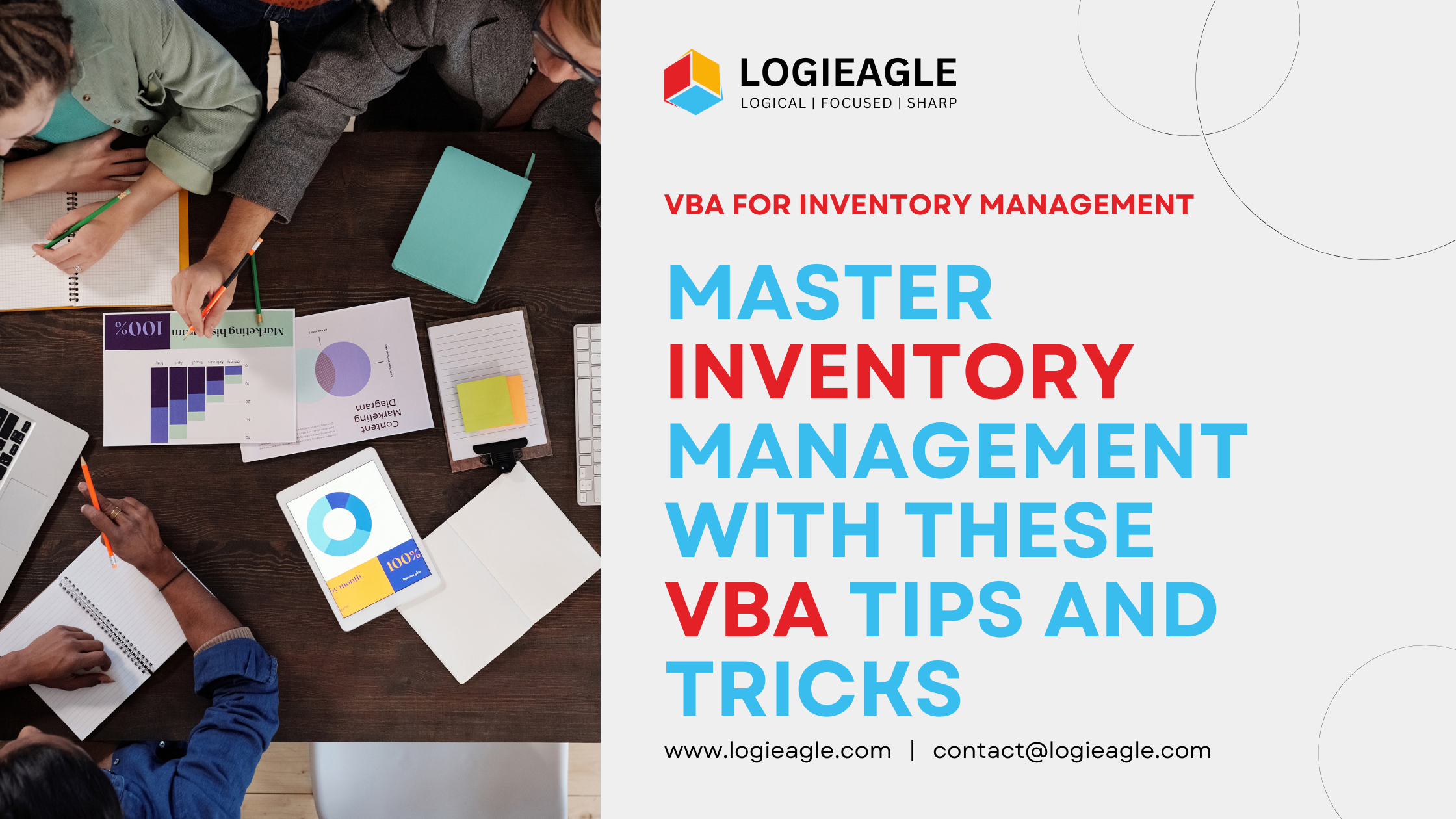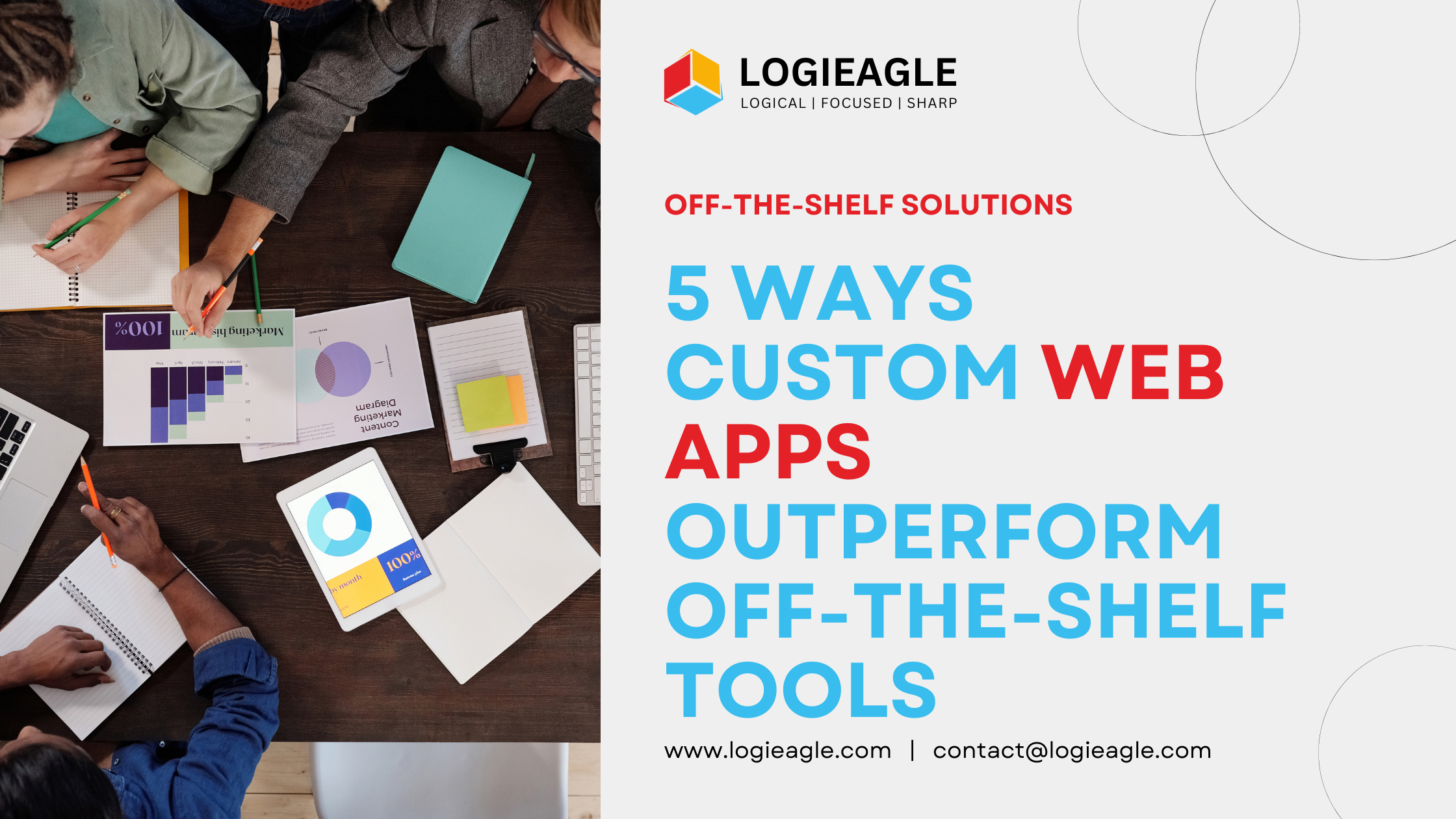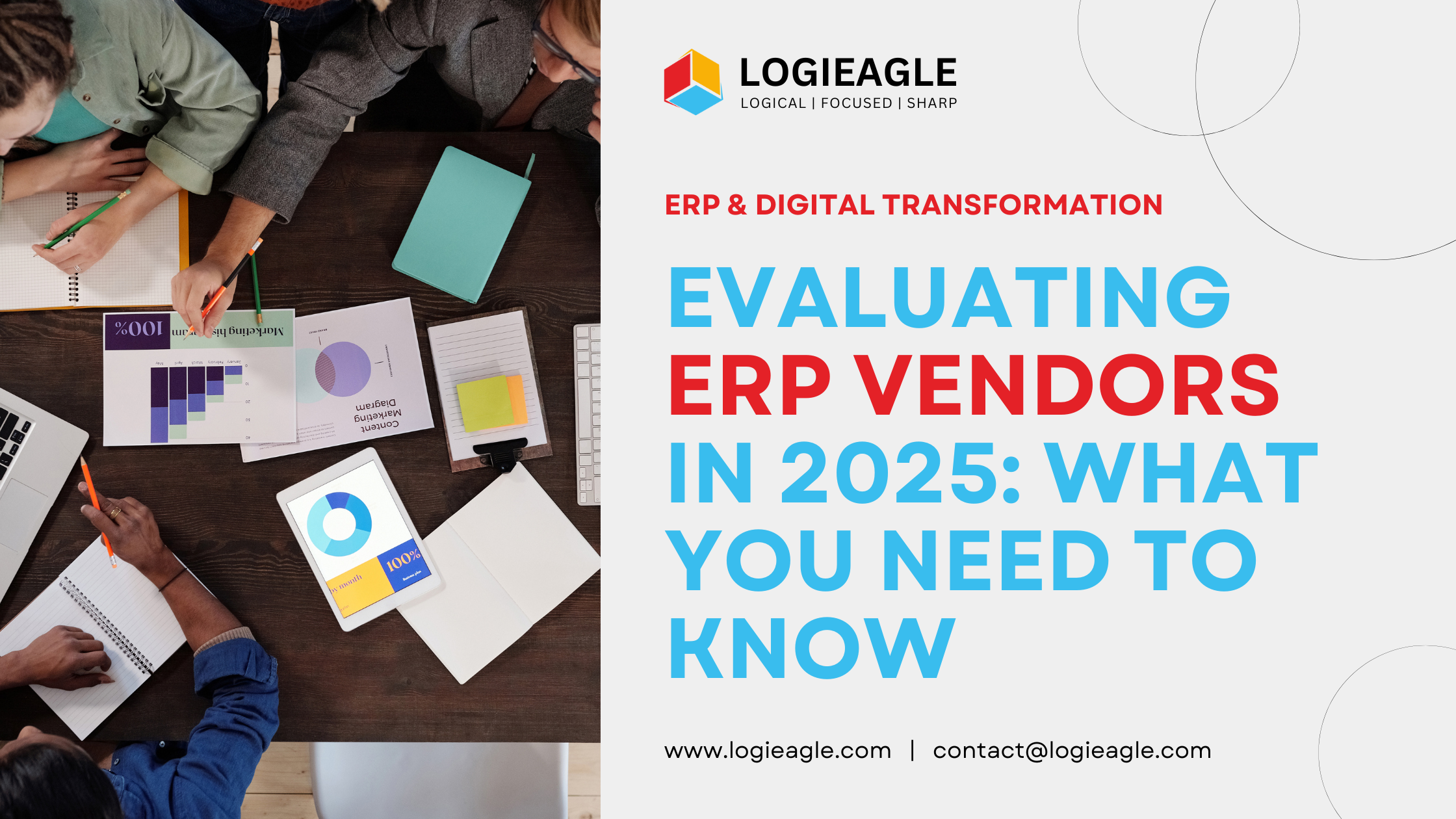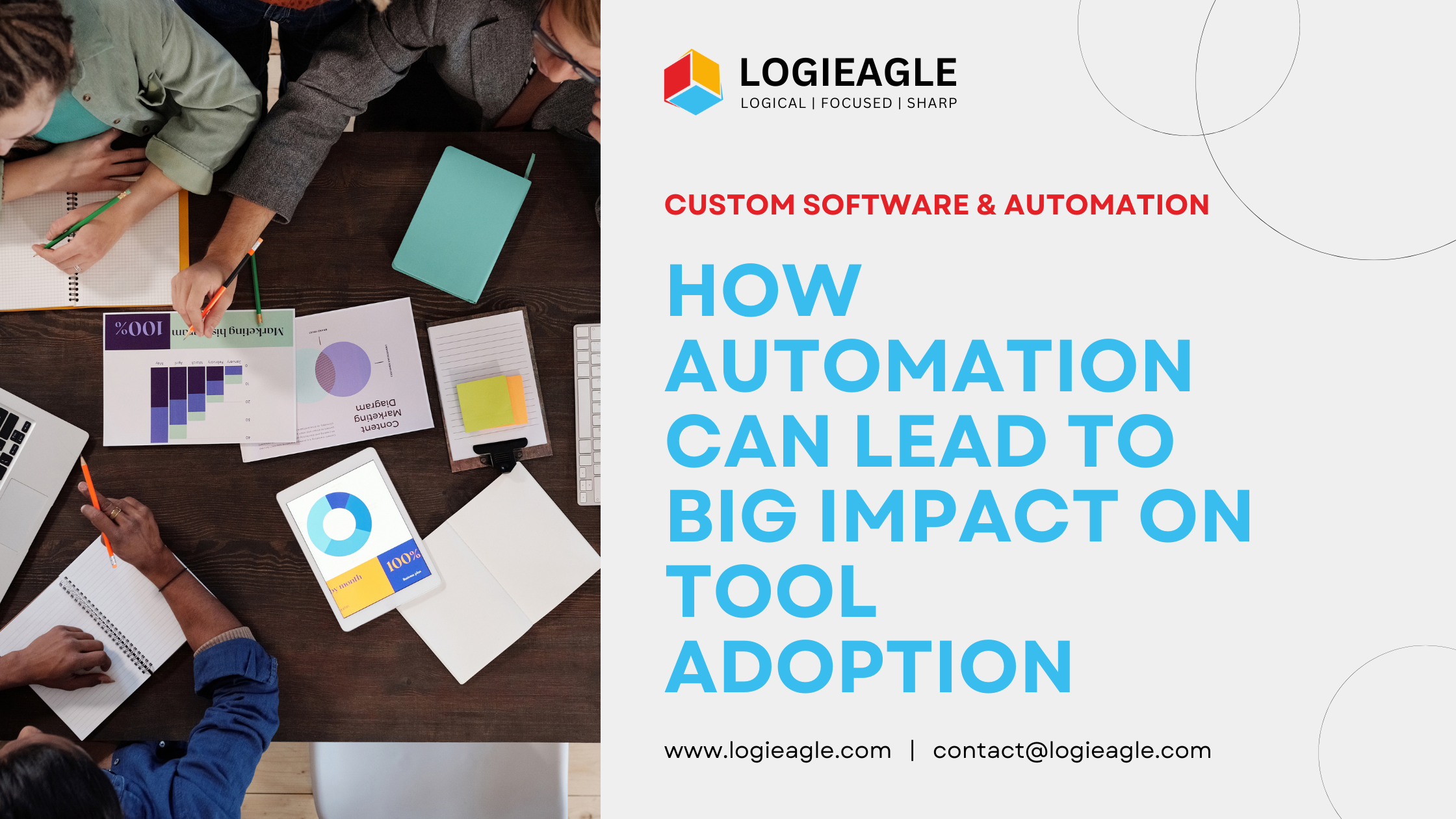
Grocery Delivery App Development: Complete Handbook for Your Startup
Introduction
With the growing demand for online shopping and home delivery services, grocery delivery apps have become essential for modern consumers. This blog will provide a comprehensive guide on developing a grocery delivery app for startups, including the key features, tech stack, development process, and monetization strategies.
Want to explore more about mobile app development? Check out our Mobile App Development Guide for in-depth insights.
Why Build a Grocery Delivery App?
In recent years, the grocery delivery market has seen exponential growth, driven by convenience, changing consumer behavior, and advancements in technology. By investing in a grocery delivery app, startups can tap into a lucrative market and offer a valuable service to their customers.
- Convenience for users to shop from home.
- Expanding market opportunity for businesses.
- High user engagement and retention potential.
According to a report by Statista, the online grocery market is expected to reach over $150 billion by 2025, making it an ideal time to launch a grocery delivery app.
Key Features of a Grocery Delivery App
User App Features
- Registration and Login
- Product Search and Filters
- Shopping Cart and Checkout
- Real-time Order Tracking
- Payment Gateway Integration
- Push Notifications
- Ratings and Reviews
Admin Panel Features
- Dashboard
- Order Management
- Product Management
- User Management
- Analytics and Reports
Technology Stack for Grocery Delivery App
- Frontend: React Native, Flutter
- Backend: Node.js, Django
- Database: MongoDB, PostgreSQL
- Payment Integration: Stripe, PayPal
- Cloud Services: AWS, Google Cloud
Development Process
1. Ideation and Planning
Understand the market needs, target audience, and competitors. Create a detailed project plan that outlines the app’s core functionality and user journey. Consider conducting market research to validate your idea and identify unique selling points.
2. UI/UX Design
Design an intuitive and user-friendly interface to ensure a seamless user experience. Pay attention to the navigation flow, color scheme, and accessibility features to cater to a diverse user base.
3. Development
Build the frontend and backend, integrate APIs, and ensure secure payment gateways. Use agile methodologies to streamline the development process and ensure timely delivery of features.
4. Testing
Conduct rigorous testing to identify and fix bugs and ensure the app runs smoothly. Perform functional, performance, security, and usability testing to guarantee a high-quality product.
5. Launch and Maintenance
Deploy the app to app stores and provide ongoing updates and support. Post-launch, gather user feedback and use analytics tools to improve the app’s performance and user engagement.
Monetization Strategies
- Subscription Model
- Delivery Fees
- Advertisement
- Commission from Vendors
Conclusion
Developing a grocery delivery app is a promising business opportunity in today’s digital world. By following this complete handbook, startups can effectively plan and execute their app development project to create a successful product that meets the needs of modern consumers. Stay updated with the latest trends in app development by visiting our official blog.
 Master Inventory Management with These VBA Tips and Tricks
Master Inventory Management with These VBA Tips and Tricks
 Timing Your Investment: The Key to Successful Business Automation
Timing Your Investment: The Key to Successful Business Automation
 5 Ways Custom Web Apps Outperform Off-the-Shelf Tools
5 Ways Custom Web Apps Outperform Off-the-Shelf Tools
 Evaluating ERP Vendors in 2025: What You Need to Know
Evaluating ERP Vendors in 2025: What You Need to Know
 How automation can lead to Big Impact on Tool Adoption
How automation can lead to Big Impact on Tool Adoption
 How to Use Excel Macros to Enhance Team Efficiency
How to Use Excel Macros to Enhance Team Efficiency
 From Idea to Prototype: Build Your Product Without a Dev Team
From Idea to Prototype: Build Your Product Without a Dev Team
 Boost Your Small Business Credibility by Avoiding These 7 Common Website Mistakes
Boost Your Small Business Credibility by Avoiding These 7 Common Website Mistakes
 Boost Your SME's Success with Smart UX Design
Boost Your SME's Success with Smart UX Design
 The Future of ERP: Lightweight Tools for Growing Companies
The Future of ERP: Lightweight Tools for Growing Companies